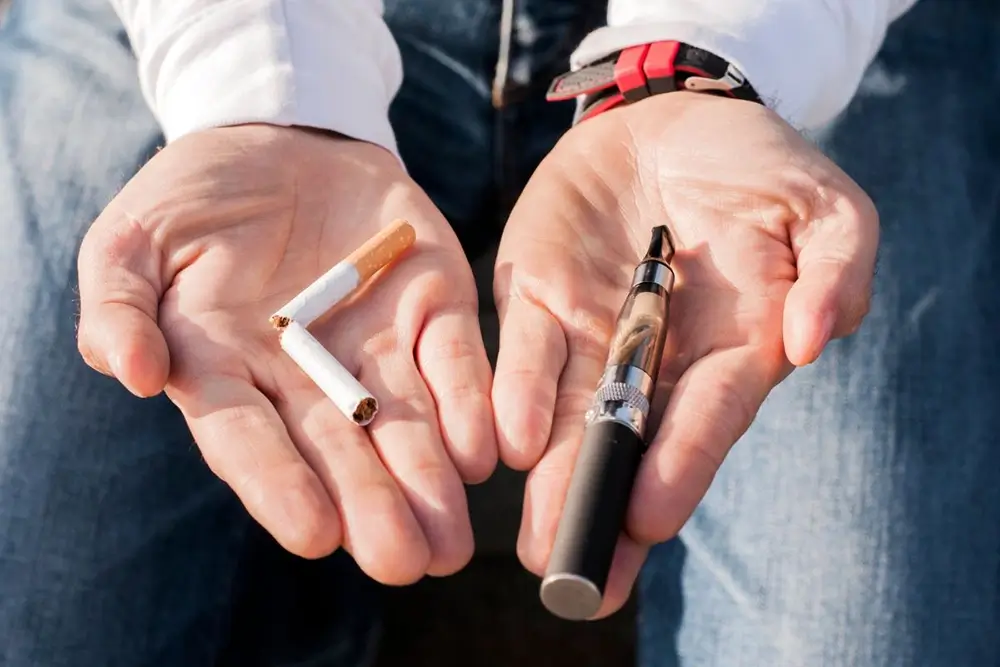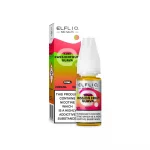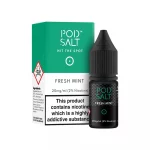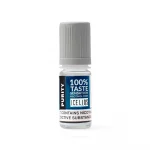Vaping has become one of the best tools for smoking cessation over the past decade and a half. Since the invention of the vape device in 2003 by Chinese pharmacist Hon Lik, vaping has expanded into an industry that’s worth hundreds of millions of dollars. With many companies, including former tobacco companies, now investing in the vape industry, research continues into how to make the industry safer and more efficient for users.
But how exactly does it work as a more effective method of smoking cessation, and how does e-liquid compare to other heat not burn products such as CBD oils? Below is a rundown of how and why vape shops in London and the UK have expanded into such a huge industry, and how the science behind it helps ex-smokers kick the more dangerous habit.
How Does Vape Liquid Work?

Vape liquid is a mixture of propylene glycol, vegetable glycerine, nicotine, flavourings and water. This can come in a variety of different mixtures which include varying ratios of VG and PG, as well as nicotine concentrations. When added to devices like our London vape kits, this liquid is heated into a vapour and is inhaled.
What Is Nicotine?
Nicotine is a naturally occurring chemical that comes from the nightshade group of plants. Traces can be found in tomatoes and potatoes, but a high dosage of nicotine is famously found within the tobacco plant. It’s what gives tobacco its moreish kick, and unsurprisingly, is one of the most addictive substances on the planet. This is why it is the prime ingredient in vape liquids. Effects include lightheadedness and a mild feeling of relaxation.
Nicotine In E-Liquid
Nicotine in UK vape liquids found at our e-cig shop London can come in a range of concentrations, running from 3 mg per 10 ml to 20 mg. It’s the nicotine that connects tobacco with e-liquid, but e-liquid is far more versatile in its use of the addictive chemical.
E-liquids can use nicotine in either it’s freebased form, traditionally used in tobacco, or it’s nicotine salt form, which is how it naturally occurs. The difference is in the nicotine’s alkalinity, which can be changed using chemical reactions with acids. Freebased nicotine absorbs into the blood far quicker, but nicotine salts make higher concentrations of the addictive chemical more palatable, meaning they are best used by those who were previously heavy smokers.
E-Liquid Is Heated, Not Burnt
One of the key benefits of vape liquid is that it heats nicotine mixtures instead of burning them. Heat not burn devices ensure that you get the same fix of nicotine without any of the damaging carcinogens and toxins that are unlocked in tobacco when you smoke it. These are the main disease-causing chemicals in tobacco, and vape devices have been scientifically proven to be safer to use on account of their not producing smoke.
Vape devices work by heating e-liquid via a battery, coil and atomiser in an electrical circuit. This leads to liquid heating into a water-based vapour that contains nicotine.
Nicotine Alternatives
If you’re a current smoker looking to quit, and vaping doesn’t quite sit with you, there are a range of alternative smoking cessation tools you can try that can help you give up. These include Lyft nicotine powder which is applied to the gums for instant nicotine relief, IQOS heated tobacco devices, and of course, the original smoking cessation tools, nicotine gum and patches.





